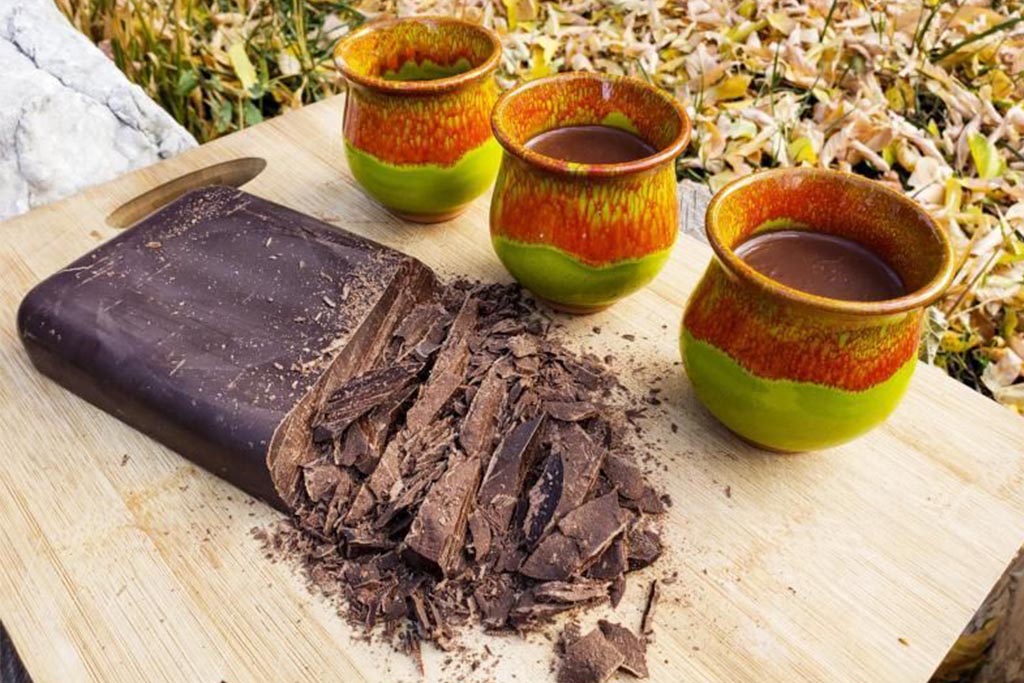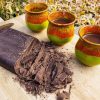Amazon Cocoa Piaroa Tribe
68,00€
Ceremonial Cacao cultivated by the Piaroa indigenous community, on the banks of the Orinoco River, in the Venezuelan Amazon.
It is cultivated following the ancestral tradition transmitted from generation to generation. The Piaroa community uses different ecological scenarios; forests, rivers and streams, and open areas.
It is ideal for ceremonial use, to replace coffee, as a sports energizer, and even for baking and chocolate making. Store in a dry, cool place away from sunlight.
Type: Ceremonial Grade Cocoa.
Ingredients: 100% pure Ceremonial Grade Cocoa.
Origin: Amazonas, Venezuela
Presentation: Cocoa Bar.
Variety: Criollo Piaroa
Size: 500g
Storage: Store in a cool, dry place away from direct sunlight.


